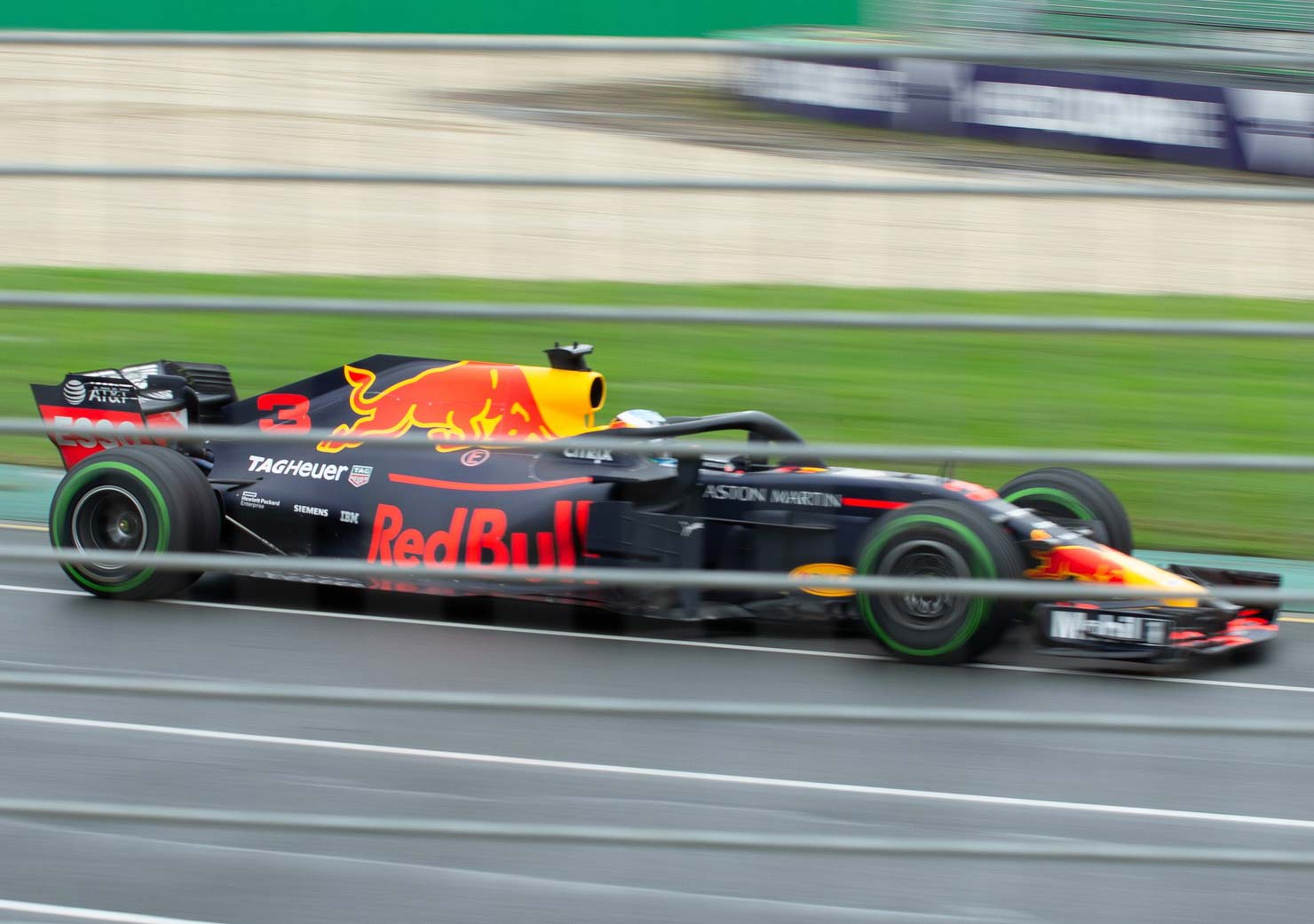The Evolution of New Zealand’s Race Tracks: From Grassroots to Global

New Zealand’s race tracks have a long and fascinating history that reflects the evolution of racing technology and the changing demands of racing enthusiasts. From the early days of grass tracks to the development of modern synthetic tracks, New Zealand’s race tracks have adapted to changing technologies and regulations. This has been necessary in order to remain at the forefront of racing worldwide. In this blog post, we’ll explore the evolution of New Zealand’s race tracks from grassroots to international stages.
Early Days of Grass Tracks
New Zealand’s early race tracks were simple grass tracks that emerged in the late 19th century. These tracks were typically used for horse racing, but they also saw the emergence of car and motorcycle racing.
However, the emergence of racing clubs in the early 20th century led to more formalized and structured race tracks. These clubs worked to improve the safety and quality of race tracks.
The Development of Dirt Tracks
The introduction of dirt tracks in the mid-20th century revolutionized racing in New Zealand. These tracks offered several advantages over grass tracks; including improved safety, increased speed, and the ability to race in all weather conditions.
However, dirt tracks also had their setbacks. The need for regular maintenance and the risk of dust inhalation for drivers and spectators for example.
The Advent of Synthetic Tracks
The introduction of synthetic tracks in the late 20th century represented a breakthrough in racing technology. These tracks offered numerous benefits over dirt and grass tracks, including improved safety, consistency, and durability. Synthetic tracks also allowed for year-round racing and reduced maintenance costs.
However, synthetic tracks were not without their own set of challenges. The initial installation cost was high, and the need for specialized equipment and maintenance made them less accessible for smaller racing clubs.
Modern Race Tracks
In recent years, race tracks in New Zealand have evolved to include state-of-the-art facilities incorporating the latest racing technologies and safety features. Modern race tracks are designed to maximize speed and provide an optimal racing experience for both drivers and spectators.
New Zealand’s modern race tracks feature multiple layouts and configurations, including long straights, sweeping corners, and tight hairpins.
Technology also plays a significant role in modern race tracks.
Computer simulations and modeling software allow for the design and optimization of tracks to ensure optimal speed and safety. Real-time data analysis and telemetry systems allow drivers and race teams to make informed decisions during races.
Regulations also play a significant role in modern race tracks. Stringent safety regulations ensure that race tracks meet minimum safety standards, while environmental regulations govern the impact of race tracks on the surrounding ecosystem.
New Zealand’s Race Tracks on the International Stage
New Zealand’s race tracks have made significant contributions to international racing over the years. The country has produced several world-renowned racing drivers, including Bruce McLaren, Chris Amon, and Scott Dixon.
New Zealand has hosted several international racing events, including the New Zealand Grand Prix. Plus the New Zealand Superbike Championship, and the New Zealand Touring Car Championships.
The future of New Zealand’s race tracks on the international stage looks bright. Continued investment in racing technology and facilities will ensure New Zealand remains at the forefront of racing worldwide.
In recent years, there has been a growing focus on sustainability in the racing industry. New Zealand’s race tracks are no exception, with many adopting environmentally sustainable practices and technologies. For example, the Pukekohe Park Raceway has installed a solar power system to reduce its carbon footprint. Additionally, the Highlands Motorsport Park uses recycled materials in its construction.
Another trend in the racing industry is the increasing use of electric and hybrid vehicles. New Zealand’s race tracks have already begun to embrace this trend. The Pukekohe Park Raceway hosted the first-ever electric car race in New Zealand in 2018.
These initiatives demonstrate New Zealand’s commitment to sustainability and innovation in the racing industry. As the industry continues to evolve, New Zealand’s race tracks are poised to lead the way regarding sustainability, safety, and technology.
Conclusion
The evolution of New Zealand’s race tracks reflects the changing demands and technologies of the racing industry. From the early days of grass tracks to the development of modern synthetic tracks, New Zealand’s race tracks have adapted to meet the needs of racing enthusiasts and drivers alike.
Today, New Zealand’s race tracks are among the most innovative and environmentally responsible in the world. We can clearly see a strong focus on safety and sustainability. As the industry continues to evolve, New Zealand’s race tracks are well-positioned to remain at the forefront of racing worldwide.